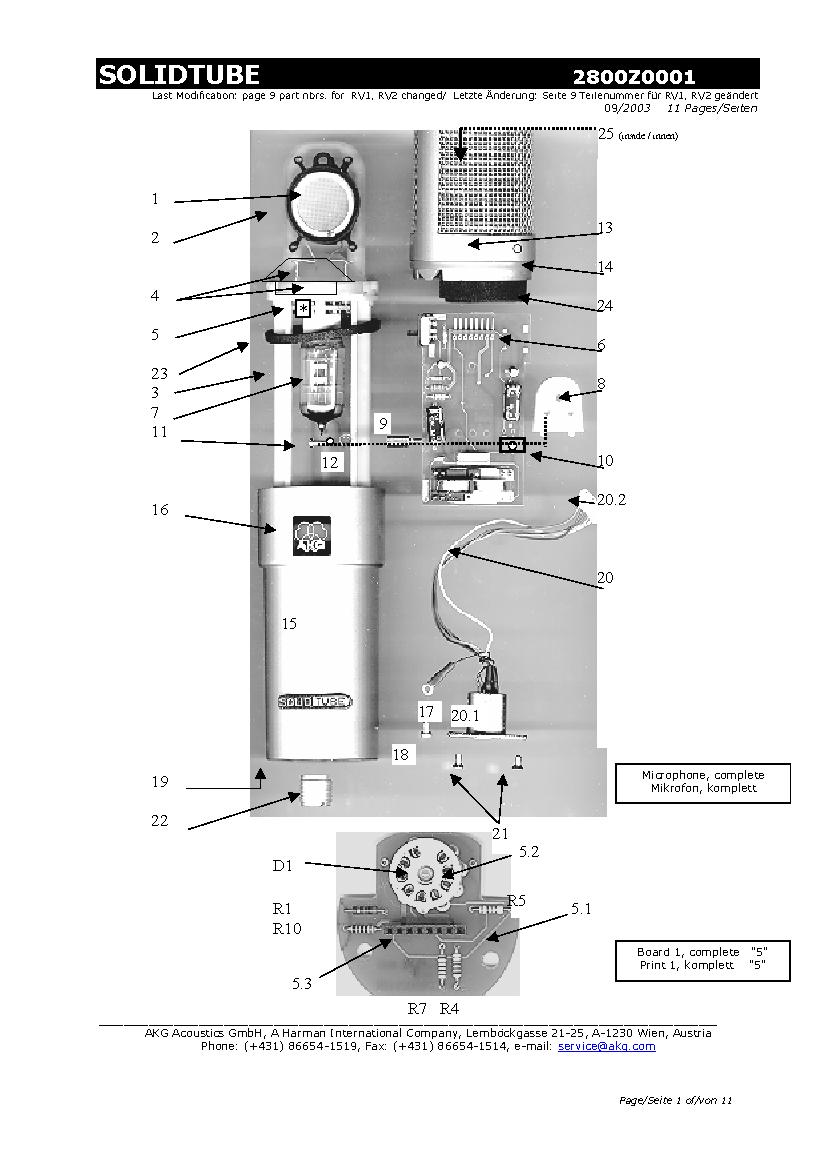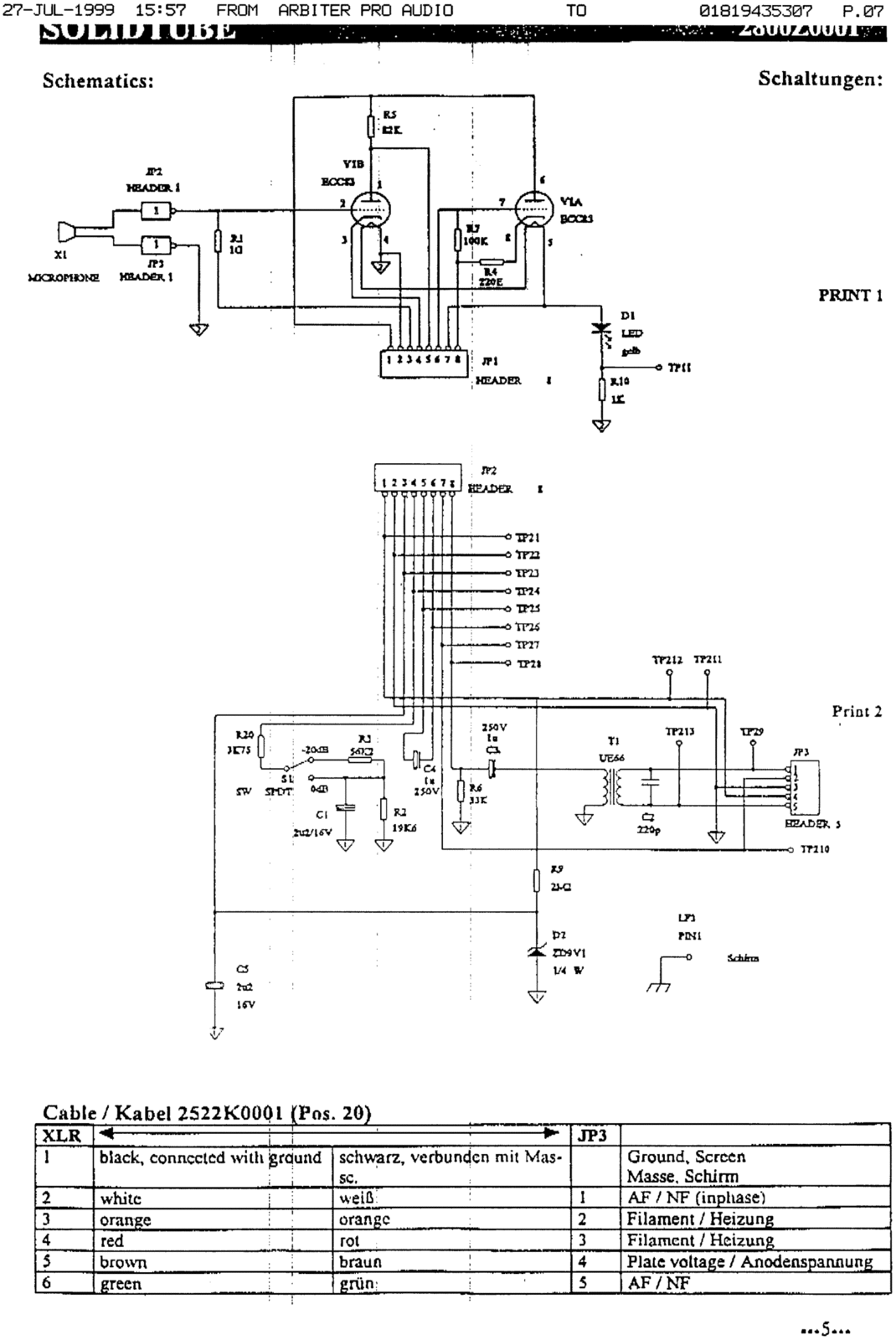Bos... (or whomever else might be able to help)
I have an AKG SolidTube that I really like, although in the last week or so, it's become noisy.
When I say "noise", I don't mean buzz or hum, crackling or other familiar signs of problems.
This is an audible sound, I could only describe as "soft" and "random". It would be very similar to the sound you would hear if you held a piece of paper towel or tissue paper in your hand and scrunched it and moved it about.
The mic still works fine, its output hasn't changed, there is no distortion. It's just that underneath the sound of the source I am miking, I hear this "soft/random" sound. Of course, it's much more noticeable if I turn it on and just let it sit without Micing a source.
Any thoughts on what this could be, and is this something I might be able to fix myself?
I've included technical info below:
Comments
These can be tricky problems to diagnose. MrEase's suggestion of
These can be tricky problems to diagnose. MrEase's suggestion of a leaky electrolytic cap is a good one (try C1, C3, C4, C5), but it could also be one of a number of things from noisy component through poor solder joint or bad connector contact to power supply instability.
Does operating the 20dB pad switch make any diiference to the noise you hear? Assuming you can operate the microphone without its cover on, do you hear any additional sound in the output if you tap the glass of the ECC83 with the side of a pencil? If not, try going round the components on the printed circuit board in turn and see if tapping any of them causes changes in the audio output. Take care when you get to the anode resistor and its coupling capacitor - the graphite in a pencil is conductive!






From your description it seems to me like you're getting low fre
From your description it seems to me like you're getting low frequency noise. This is most likely down to leakage in the electrolytic coupling capacitors C3 and C4. It wouldn't harm to change all the electrolytics as they all have a limited lifetime - if one are going then they are all getting old. If buying replacements, go for high temp. longer life types as the valve will keep them nice and cosy!